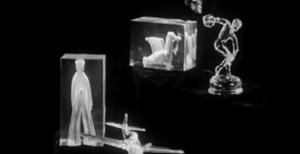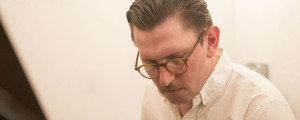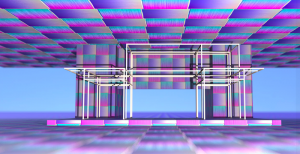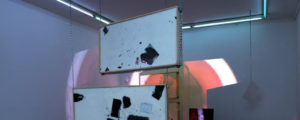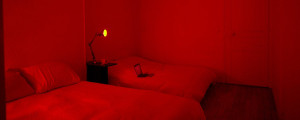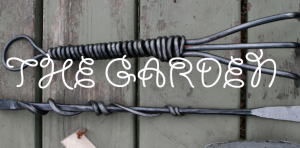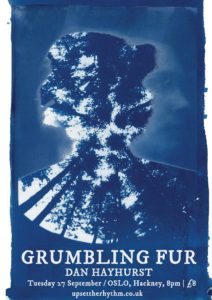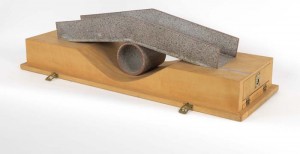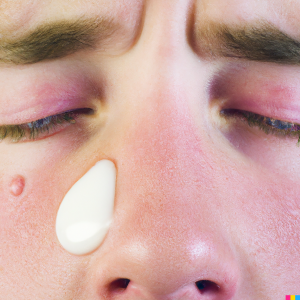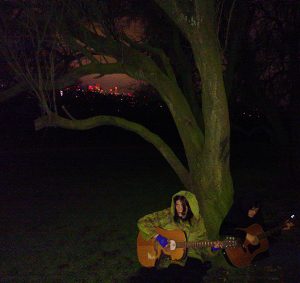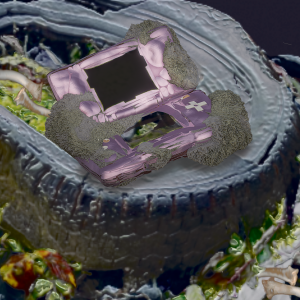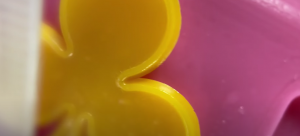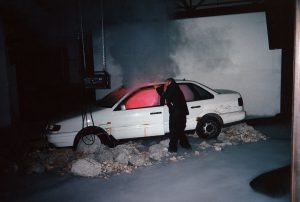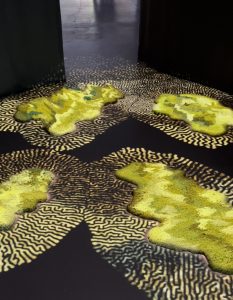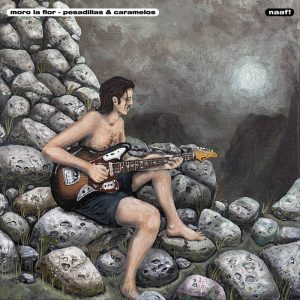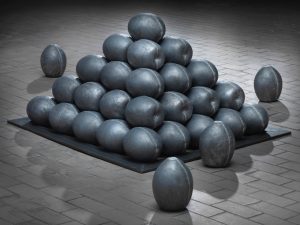The L’arbre de vie (Tree of Life) at Collège des Bernardins examines the interaction between religious architecture from the 13th century and art today. Born of a collaboration between theologian Jérôme Alexandre and the two curators Gaël Charbau and Alain Berland, it questions the place granted art in such a historic landmark.
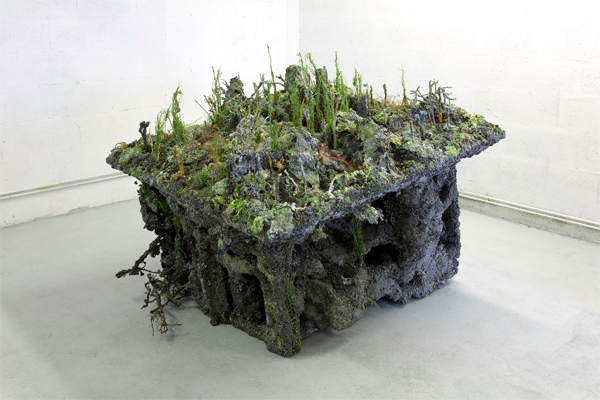
We are often invited to discover contemporary art in heritage places. It provides both an alternative to the ‘white cube’ and a catalyst for the audience. But there it brings together form and substance through the ages. The theme, leading the viewer beyond the seasons with a new display starting in April, is a universal pattern. From genesis, the tree of life (to which the worldwide artists refer many times over) represents the link between life on earth and life in heaven. As a thread of continuity throughout the microcosm and macrocosm, it embodies the human being’s alter ego, a kind of reduced reproduction of the Universe.
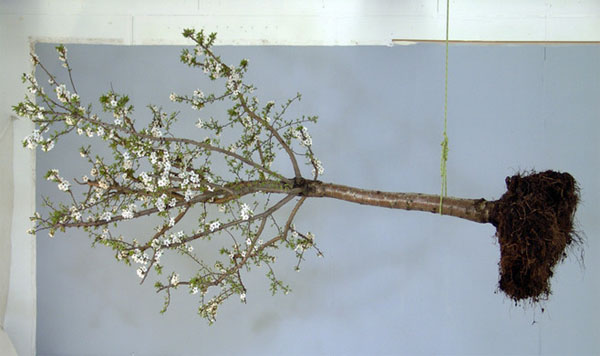
In an intimate atmosphere, the sacristy gathers great artworks that challenge us by their fragility. ‘Jardin’ by Claude Ruggirello shows the movement of a tree hanging in a horizontal position. This non-event, marked by a lasting slow effect and a static shot minimizing the subject, contains a certain latent violence as if the balance of life would break down at any time. Roland Flexner, known as the inventor of soap bubbles mixed with ink that pops at the surface of paper, takes up the theme of the homo bulla developed in the vanities of 17th century Flemish painting. Human life is compared to a soap bubble, as fleeting as existence.
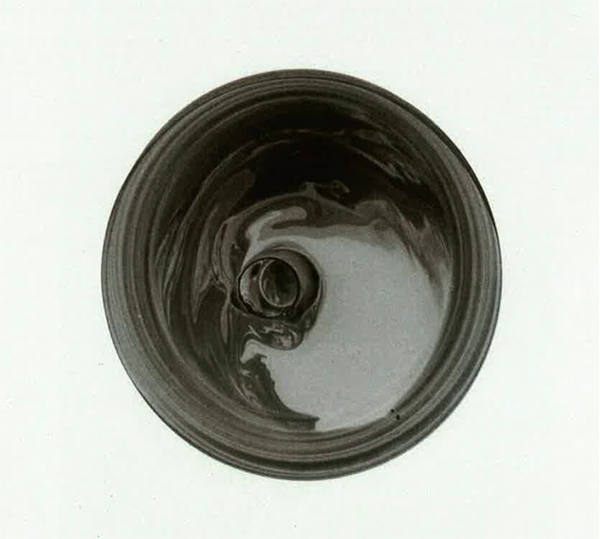
The ‘Rain Paintings’ by Thomas Fougeirol are a cradle of life, looking like fragments of lunar ground, while Ismail Bahri shows us a droplet of water, sitting on a throbbing vein on the artist’s forearm his video ‘Line’. This one, tenuous and ephemeral, animated by an imperceptible movement, is drawn between the banality of the objects, and their unexpected layout; the singularity of the artist’s hand, and the universality of the human body. ‘Micro-foam’ is a sculpture by Emilie Benoist, and one of the best pieces here. We don’t really know if her work tends to the proliferation of a pre-human world populated by micro-organisms, or the suffocation of an eroded and post-human world. This ambivalence is intensified by a clever arrangement of natural and superficial materials.
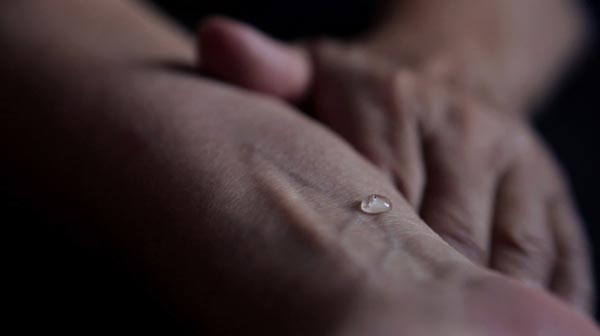
Under the nave, the artworks barely fill up the space. This aspect seems to be a desire of the curators not to use it as a mere showcase. In the same way, art shall not to be subjected to heritage promotion. Pieces freely blossom without being ostentatious but still sometimes quite monumental like Henrique Oliveira’s piece. The exhibition ends in the garden with ‘Curating for a tree #3,’ the collaborative project initiated by Mathieu Mercier in 2012, where he invited around 40 artists to conceive a nesting box.

Despite the title of the exhibition, life obviously overcomes the tree. The notion of ‘in situ’ is completely revised and a successful dialogue has taken over the common and primary confrontation between the past and our contemporary world.
L’arbre de vie is on at Collège des Bernardins, Paris until July 28, 2013.

